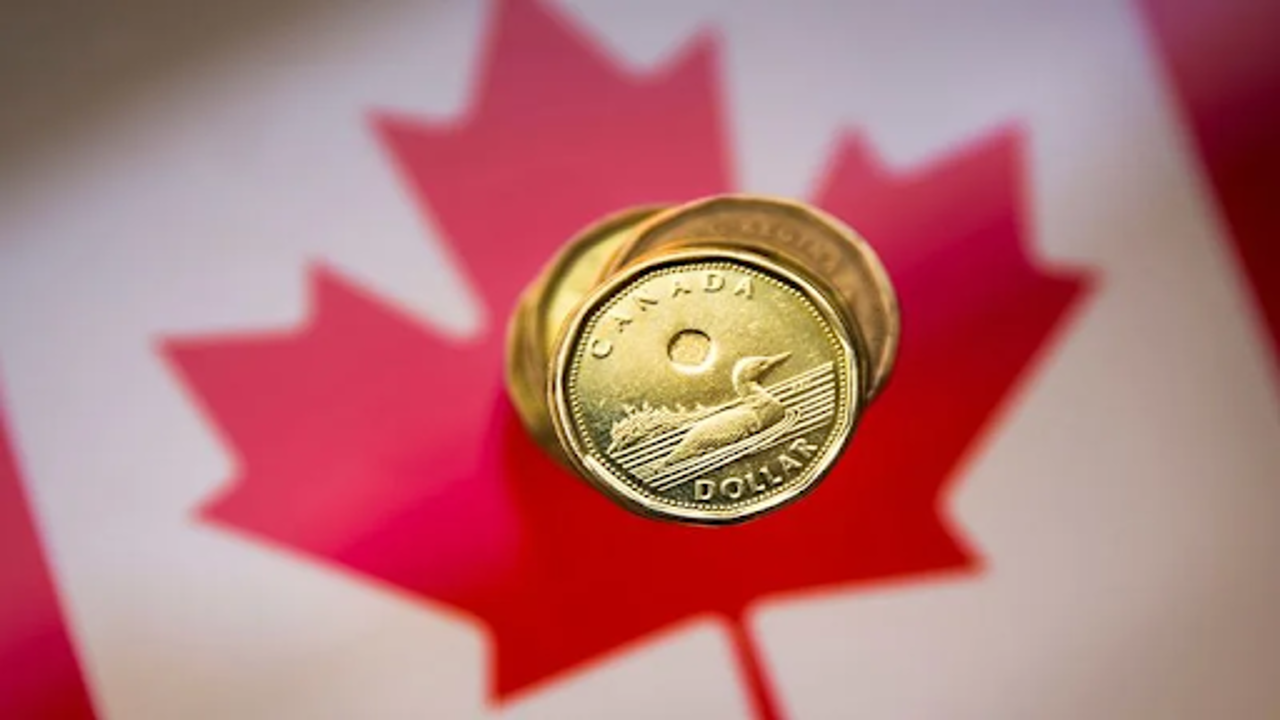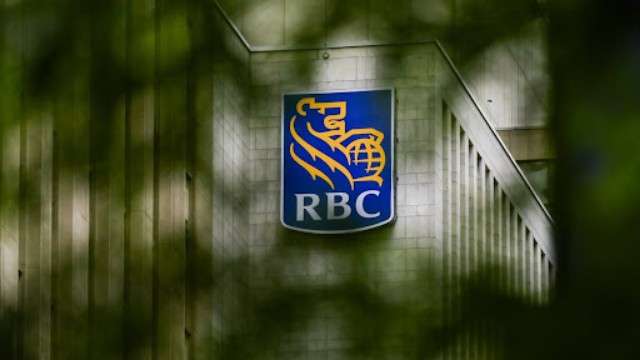
Canadian dollar soars to five-month high as U.S. currency declines; market eyes GDP data and rate cut expectations
On Tuesday, the Canadian dollar hit to its highest point in five months against the U.S. dollar. This increase followed a general decline in the American currency and came as investors awaited domestic GDP figures later this week, which could influence expectations about future rate cuts by the Bank of Canada.
The loonie was up 0.2% at 1.3460 per U.S. dollar, or 74.29 U.S. cents, after hitting a peak of 1.3452 earlier in the day, its strongest level since March 23.
"The rise in the Canadian dollar is largely due to broad selling of the U.S. dollar, with the movements being somewhat exaggerated due to the quieter summer trading period," explained Rahim Madhavji, president of KnightsbridgeFX.com.
Market attention is now focused on potential U.S. interest rate cuts, with many investors expecting the Federal Reserve to reduce rates at its September meeting. There is also discussion about whether the cut will be 50 basis points or 25.
"While everyone is watching the Fed, Canadian economic data is also in the spotlight," Madhavji noted. "Weak GDP numbers could lead to a weaker loonie if it suggests the Bank of Canada might cut rates more aggressively than the Fed."
Economists predict that Canadian GDP data, set to be released on Friday, will show the economy grew at an annual rate of 1.6% in the second quarter. This is slightly above the Bank of Canada's forecast of 1.5%.
In related news, the price of oil, a key Canadian export, fell by 2.3% to $75.67 a barrel due to concerns that slower economic growth in the U.S. and China could dampen energy demand.
Canadian government bond yields also increased. The yield on the 10-year bond rose by 2.5 basis points to 3.082%, after reaching 3.106%, its highest level since August 12.















